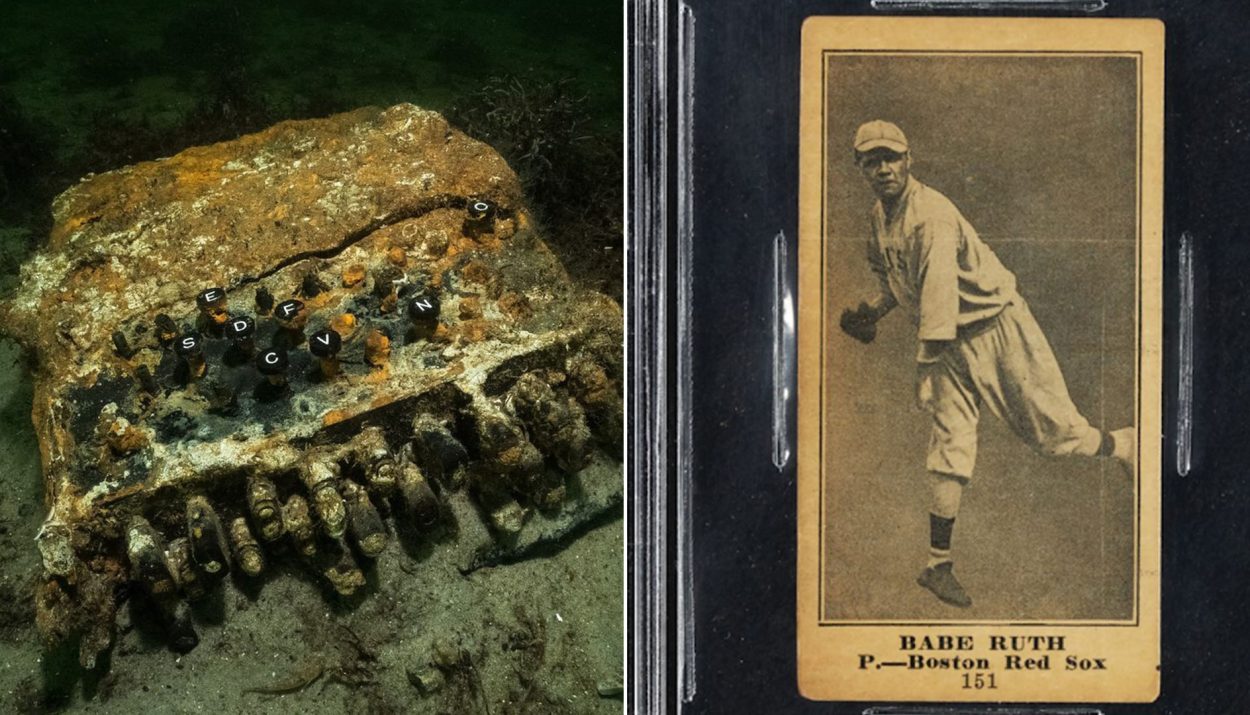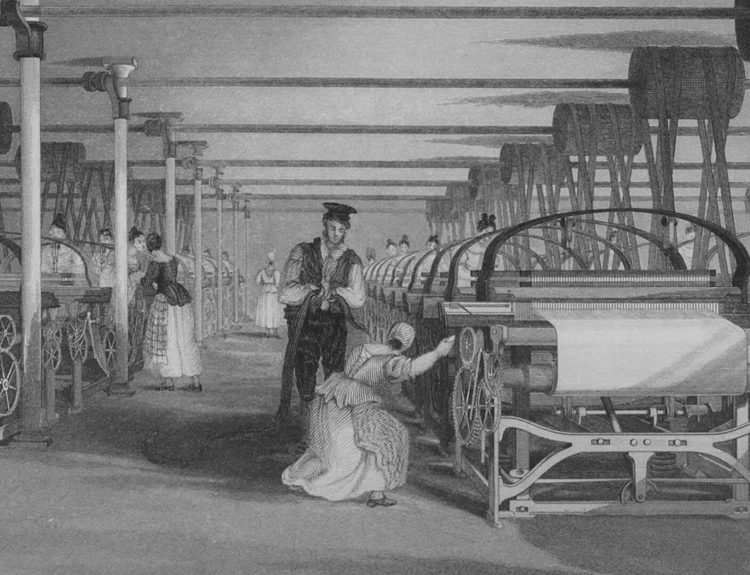There are dozens of stories of treasures going missing throughout the course of history. Oftentimes these treasures remain lost, such as the missing Florentine Diamond or several of the Faberge egg collection. While these stories are fascinating, what might be more interesting is when an item goes missing, and then ultimately appears again.
A Nazi Enigma Machine Found at the Bottom of a Bay
The Nazis had a habit of stealing treasures and seeking out things that didn’t belong to them. A small group of Nazis even went so far as to seek out the Holy Grail, but in 2020, a marine biologist turned the tables and found and retrieved something that had once belonged to the Nazis.
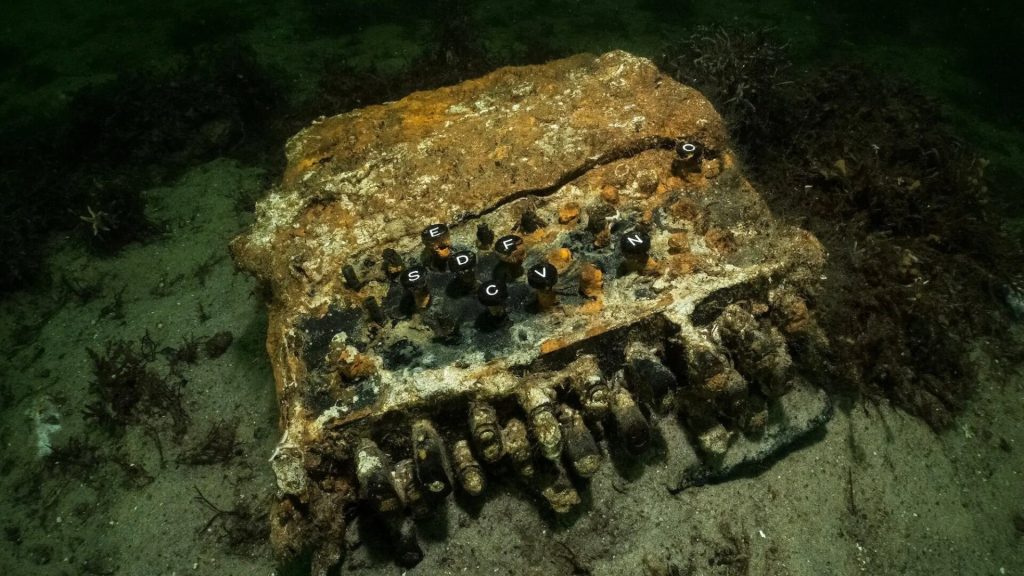
At the bottom of the Bay of Gelting in the Baltic Sea, a machine encrusted with rust and filled with sea life resided. This machine, called an Engima machine, was one of hundreds that were owned by the Nazis during WWII. The machine would encode letters for a sister machine to interpret, allowing Nazis to communicate their plans confidentially.
WWII Bills Hidden Under an English Retail Store
The second World War was understandably an uncertain time for many shop owners, particularly those who were Jewish. During this time, Eric and Victor Bradley, owners of an English gown shop, wanted to leave something behind for their family in case things went south.
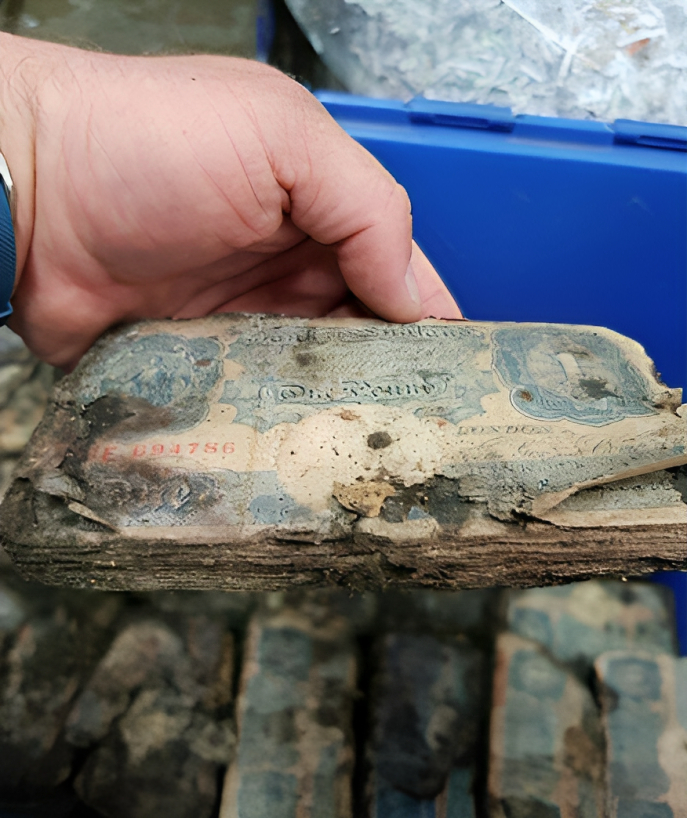
The pair stashed away about $2 million of today’s dollars in one and five pound notes, and the stash was discovered in 2018 by the current owner of the shop. It’s a priceless find for those fascinated by history, and though it’s not certain why the money was hidden, it’s still an excellent think piece.
A Mosaic from Caligula’s Ceremonial Ship
Gaius Caeser Germanicus, more commonly known by his nickname Caligula, was the Roman emperor from 37 CE to 41 CE. He was known for his lavish parties and opulent tastes, and those tastes extended into the twenty-first century in an unlikely place.
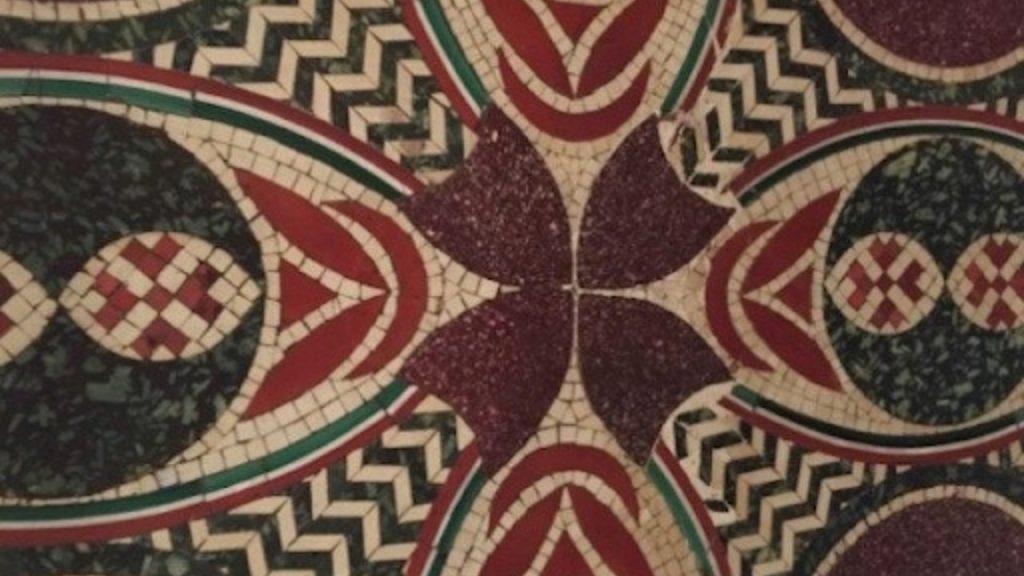
Caligula was the owner of what were called “pleasure boats,” which would host lavish parties for him and his friends. These boats were heavily decorated, and one of the mosaics that once resided on one of these boats found its way into the modern day in a surprising manner.
From Europe to New York
An Antique dealer out of New York, Helen Fioratti, purchased a green-and-red mosaic while on vacation to Europe, and paid to have it brought back to America. Once it was there, she paid thousands more to convert the mosaic to a coffee table, which resided in her home for 45 years.
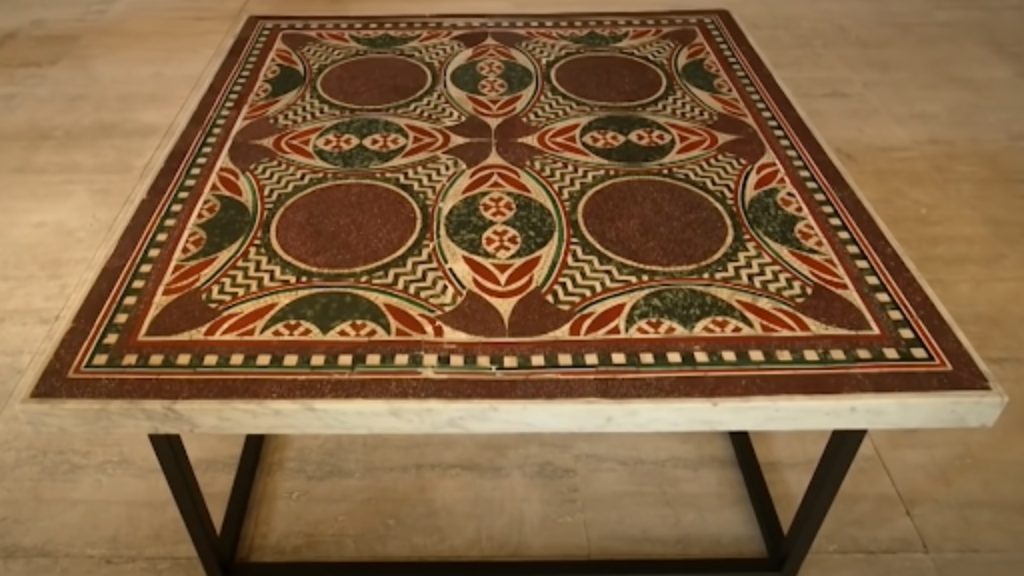
Fioratti didn’t know that the mosaic had been stolen from one of Caligula’s pleasure boats, but once the Italian military’s Art Recovery Unit caught wind of her ownership, they came to retrieve the historical piece. Despite her lack of knowledge, she still found herself in some trouble with the Italian police, and the mosaic was ultimately returned to Italy.
Vintage Babe Ruth Card Found in Piano
We all have that one relative who treasures their physical possessions above their emotional connections. For Ellen Kelley, that relative was her Aunt Nora, and she was never allowed to play her piano. After the woman passed, though, Ellen was able to buy said piano for $25 in an estate sale.

It took some time, but Ellen eventually discovered why the piano sounded so odd when it was played. Under the lid of the piano, there were more than 110 vintage baseball cards stashed away, including a rookie Babe Ruth card. After having them appraised, Ellen sold the collection and managed a return of $130,000 on the Babe Ruth card.
The $88 Painting of a Flemish Master – Potentially
Infanta Isabella Clara Eugenia was the powerful ruler of Brussels in the 17th century, and she had many portraits commemorating her and her reign. One famous portrait of her was done by artist Anthony van Dyck, and it’s believed that there are around 20 surviving versions of the painting done by his hand.
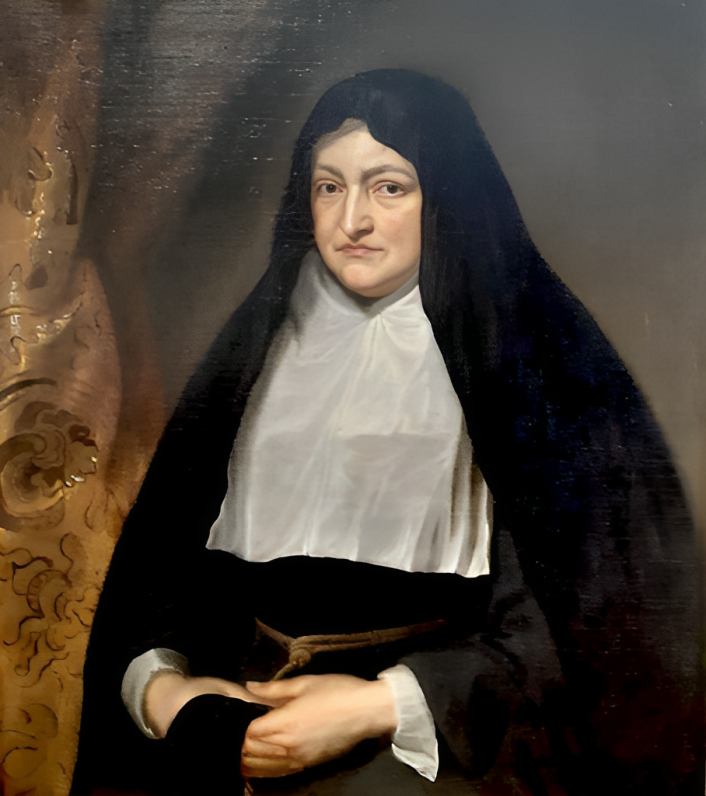
One such painting surfaced in an unusual place: an antique shop in the 1970’s. Librarian Chris Wright bought the painting for approximately $88 because he liked the brushwork, and believed for decades that it was a good reproduction of the famous art piece. It wasn’t until 2022 that the painting was appraised, and an art historian revealed that it may have been the work of van Dyck himself.
A Marble Bust of Germanicus, Discovered in an Antique Store
An antique dealer out of Texas was shopping in a Goodwill store when she discovered a dour-looking marble bust. She named it “Dennis” after Dennis Reynolds in It’s Always Sunny in Philadelphia. She knew the statue was old, but the truth of its age surprised her just as much as anybody else.
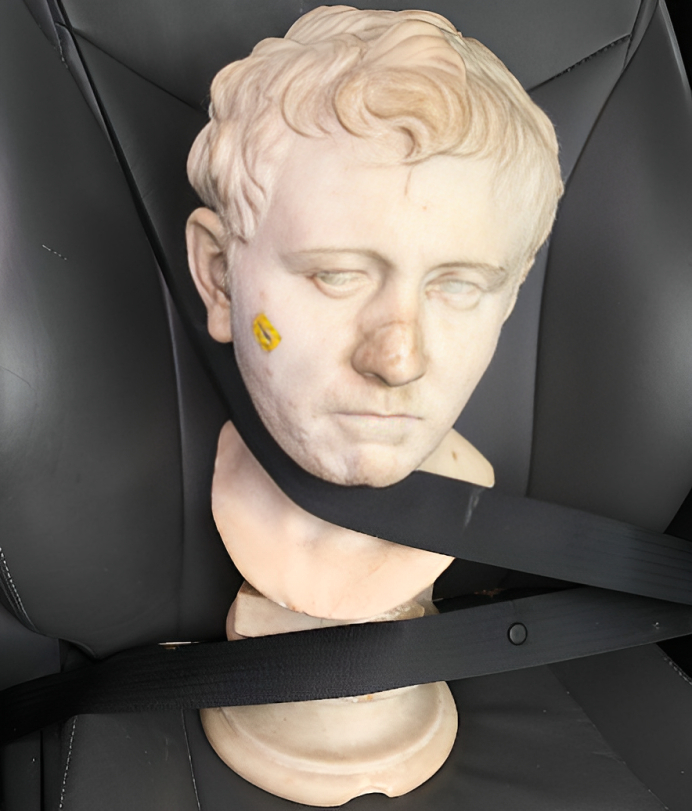
What Laura Young came to know is that the statue that she had found in Goodwill was, in fact, a 2000-year-old original statue from Rome. It had been stolen during WWII and brought back to the United States. It took some time, but Young eventually was able to get the statue to the proper authorities and the statue is set to return to German hands as of 2023.
Medieval Jewish Treasures Found in a French Candy Shop
Fascination with the past is not a recent hobby. In the 19th century, a building in Colmar, France, was being renovated when handymen stumbled on a surprising find in the wall of the building itself. A mysterious terracotta pot was discovered, which contained 384 silver coins and a small collection of gold and gem rings.

Historians were able to piece together some details about the owner of the jewels. Her name was Anch, and she was a Jewish woman from the fourteenth century. During the time, Jews and Christians shared similar social status until the onset of the Black Plague, and it is likely that Anch hid away her family jewels in order to retain some sort of status or memory after the pandemic.

